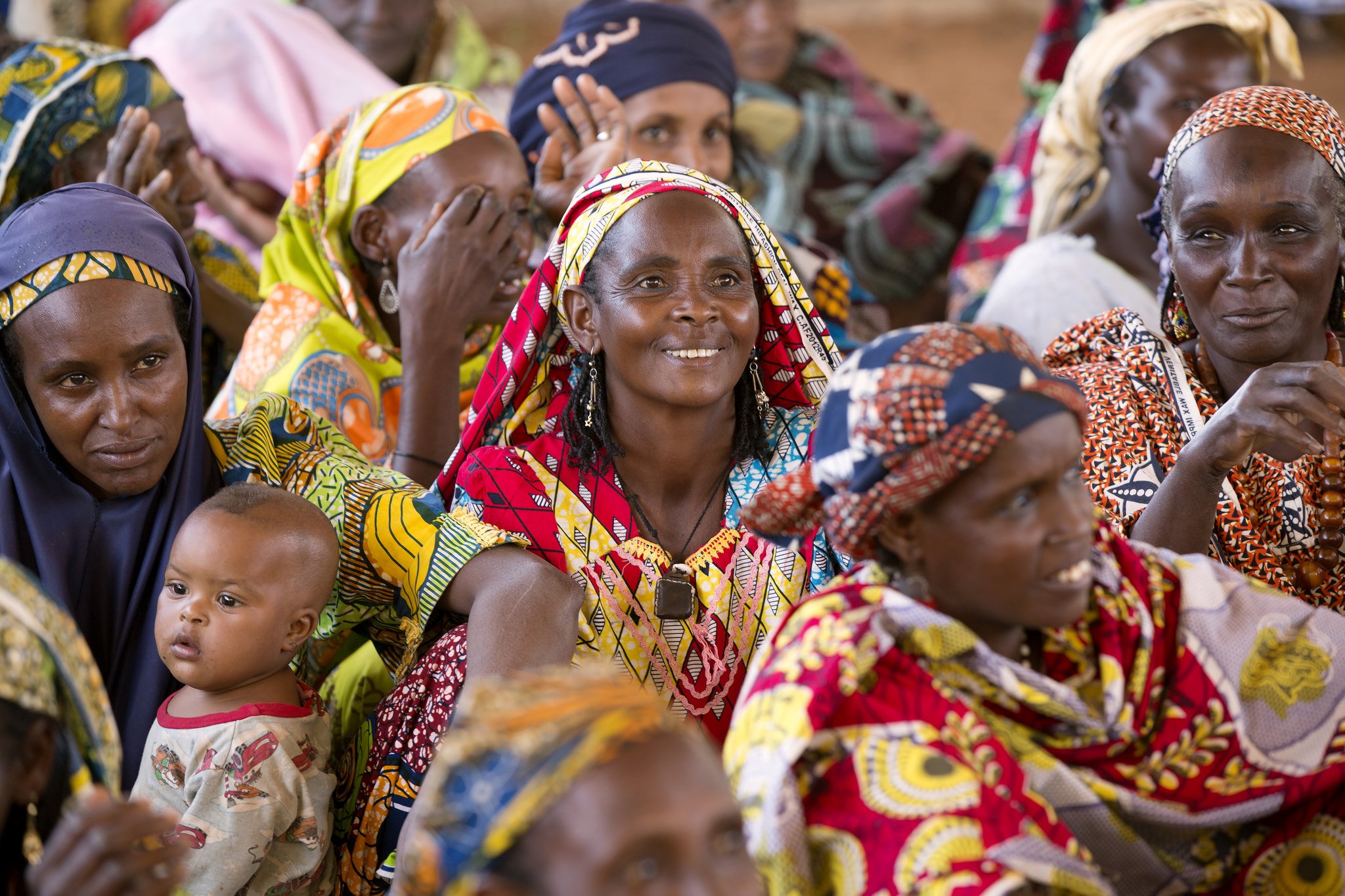The UN Development Program’s flagship report on development in Africa–the Africa Human Development 2016 report — was released this week. It focuses on gender equality and women’s empowerment. The report describes a continent limited in its potential by serious problems; it finds that gender discrimination leads to a loss of an average of $95 billion every year.
A human development report is an unusual kind of development report. Produced by UNDP using their own methodology, it tries to measure progress in the overall quality of human life, rather than focusing on economic development or health indicators. UNDP defines it this way: “Human development – or the human development approach – is about expanding the richness of human life, rather than simply the richness of the economy in which human beings live. It is an approach that is focused on people and their opportunities and choices.”
The complexity of development in Africa makes the Human Development Report especially important for the region.
Africa is in a unique human development position. The continent is seeing real improvement in human lives, but it is starting from a very difficult place. According to the report, “Africa has one of the fastest rates of improvement in human development over the past two decades, but also has the lowest average levels of human development compared to other regions in the world.” The continent is also not homogenous in human development. Seventeen African countries have achieved “medium” or “high” human development, including Botswana, Gabon, and Ghana. Thirty-six fall into the low human development category.
The 2016 African Human Development report focuses on gender inequality, and it’s not good news. In addition to estimating that $95 billion are lost every year, the report finds notable gender inequality in almost every African country. This includes everything from economic disparities – women earn 70% of the income that men do – to social inequality. Women are at elevated risk of sexual and physical violence. The report summary grimly details this violence risk as, “domestic violence, intimate partner violence, rape, female genital mutilation, intimidation, and additional threats to women´s personal security in periods of war and conflict.”


In terms of economic disparities, the report finds that these disparities run deep, and begin with education. Women are under-represented in secondary and tertiary education. This reduces women’s economic opportunities, and leaves them more likely to end up in weak or precarious employment. As a result, the increase of female participation in the labor force hasn’t led to increased opportunities in high paying jobs or enterprises. Instead, women work in the informal sector. The non-agricultural informal labor sector makes up 66% of female employment.
This is compounded by social norms that assign most domestic and household work to women and girls. Women spend twice as much time as men in domestic labor such as child and elderly care, cooking, cleaning, and fetching water and wood. Fetching water is particularly disproportionate; the report states that 71 per cent of the burden of collecting water for households falls on women and girls. Firewood collection is also a female-assigned task, and it can take up to 700 hours each year.
Women are also underrepresented in politics and leadership positions. While this differs strongly from country to country – Rwanda’s lower parliament is majority female – on the whole, women are disproportionately absent from political office. This is not because women don’t care about politics. Women vote at rates only five percent lower than men when averaged across the continent.
The private sector is equally diverse and complex. Approximately 22% of senior positions in companies are held by women. While that is a low number, Africa is not alone. North America actually has a lower percentage of women in senior positions, as does Developed Asia.


In addition to documenting and analyzing the current state of gender inequality and human development, the report offers a comprehensive set of recommendations for empowering women and reducing those inequalities. It looks at legal and social norms that affect inequality, and policy and institutional responses to address gender inequality. Reassuringly, it ends with an agenda for action.
Africa is not stuck in this situation forever.
The agenda is made up for four strategic pathways: Pathway 1: Supporting the adoption of legal reforms, policies and regulations to advance women’s empowerment; Pathway 2: Supporting national institutions to promote and increase women’s voice, participation and leadership in decision-making in the home, the economy and in society; Pathway 3: Supporting capacity to implement multi-sectoral approaches to mitigate the impacts of discriminatory health and education practice; and Pathway 4: Supporting women to gain ownership and management of economic and environmental assets. Taken together, the report states, it comes down to this: all legislation and political action must support gender equality. It shouldn’t be a lofty goal, but it will clearly be difficult to achieve.
One sentence takeaway
Women in Africa face profound gender inequalities and those inequalities do great economic harm to individuals and nations.
